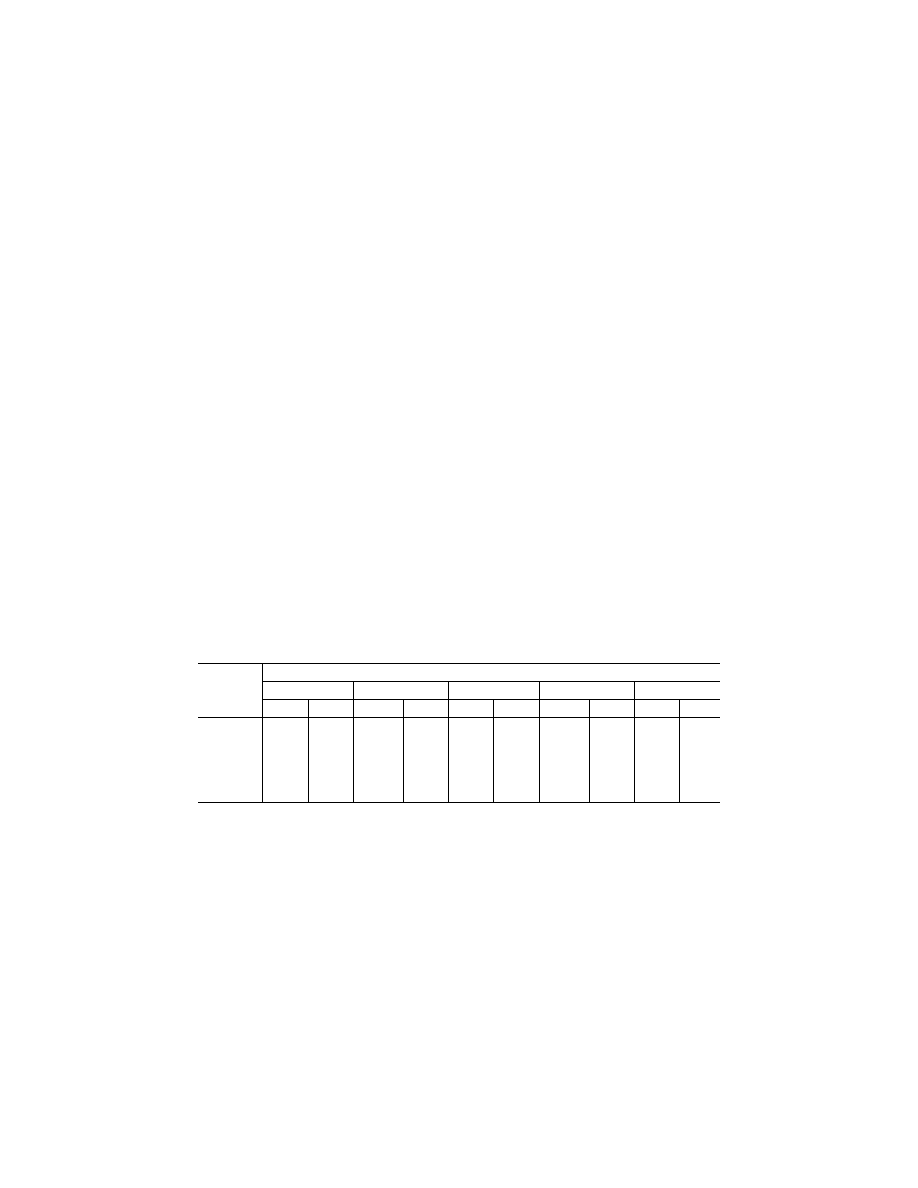
847
Pipeline and Haz. Matls. Safety Admin., DOT
§ 175.900
far as practicable from personnel con-
tact until radiological advice or assist-
ance is obtained from the U.S. Depart-
ment of Energy or appropriate State or
local radiological authorities.
(c) An aircraft in which Class 7 (ra-
dioactive) material has been released
must be taken out of service and may
not be returned to service or routinely
occupied until the aircraft is checked
for radioactive substances and it is de-
termined that any radioactive sub-
stances present do not meet the defini-
tion of radioactive material, as defined
in § 173.403 of this subchapter, and it is
determined in accordance with § 173.443
of this subchapter that the dose rate at
every accessible surface must not ex-
ceed 0.005 mSv per hour (0.5 mrem per
hour) and there is no significant re-
movable surface contamination.
(d) Each aircraft used routinely for
transporting Class 7 materials shall be
periodically checked for radioactive
contamination, and an aircraft must be
taken out of service if contamination
exceeds the level specified in paragraph
(c). The frequency of these checks shall
be related to the likelihood of contami-
nation and the extent to which Class 7
materials are transported.
(e) In addition to the reporting re-
quirements of (§§ 171.15 and 171.16 of
this subchapter and § 175.31 of this part,
an aircraft operator shall notify the of-
feror at the earliest practicable mo-
ment following any incident in which
there has been breakage, spillage, or
suspected radioactive contamination
involving Class 7 (radioactive) mate-
rials shipments.
[71 FR 14604, Mar. 22, 2006, as amended at 79
FR 40618, July 11, 2014; 80 FR 1164, Jan. 8,
2015]
§ 175.706
Separation distances for un-
developed film from packages con-
taining Class 7 (radioactive) mate-
rials.
No person may carry in an aircraft
any package of Class 7 (radioactive)
materials required by § 172.403 of this
subchapter to be labeled Radioactive
Yellow–II or Radioactive Yellow–III
closer than the distances shown in the
table below to any package marked as
containing underdeveloped film.
Transport
index
Minimum separation distance to nearest undeveloped film for various times in transit
Up to 2 hours
2 to 4 hours
4 to 8 hours
8 to 12 hours
Over 12 hours
Meters Feet Meters Feet Meters Feet Meters Feet Meters Feet
0.1 to 1.0 .......
0.3
1
0 .6 2
0.9 3 1
.2 4
1.5 5
1.1 to 5.0 .......
0.9
3
1 .2 4
1.8 6 2
.4 8
3.3
11
5.1 to 10.0 .....
1.2
4
1 .8 6
2.7 9 3
.3 11 4.5 15
10.1 to 20.0 ...
1.5
5
2 .4 8
3.6
12 4
.8 16 6.6 22
20.1 to 30.0 ...
2.1
7
3
10
4.5
15
6
20
8.7
29
30.1 to 40.0 ...
2.4
8
3 .3 11 5.1 17 6
.6 22 9.9 33
40.1 to 50.0 ...
2.7
9
3 .6 12 5.7 19 7
.2 24
10.8 36
§ 175.900
Handling requirements for
carbon dioxide, solid (dry ice).
Carbon dioxide, solid (dry ice) when
shipped by itself or when used as a re-
frigerant for other commodities, may
be carried only if the operator has
made suitable arrangements based on
the aircraft type, the aircraft ventila-
tion rates, the method of packing and
stowing, whether animals will be car-
ried on the same flight and other fac-
tors. The operator must ensure that
the ground staff is informed that the
dry ice is being loaded or is on board
the aircraft. For arrangements between
the shipper and operator, see § 173.217 of
this subchapter. Where dry ice is con-
tained in a unit load device (ULD) pre-
pared by a single shipper in accordance
with § 173.217 of this subchapter and the
operator after the acceptance adds ad-
ditional dry ice, the operator must en-
sure that the information provided to
the pilot-in-command and the marking
on the ULD when used as a packaging
reflects that revised quantity of dry
ice.
[82 FR 15892, Mar. 30, 2017]
VerDate Sep<11>2014
16:41 Oct 31, 2018
Jkt 244226
PO 00000
Frm 00857
Fmt 8010
Sfmt 8010
Q:\49\49V2.TXT
PC31